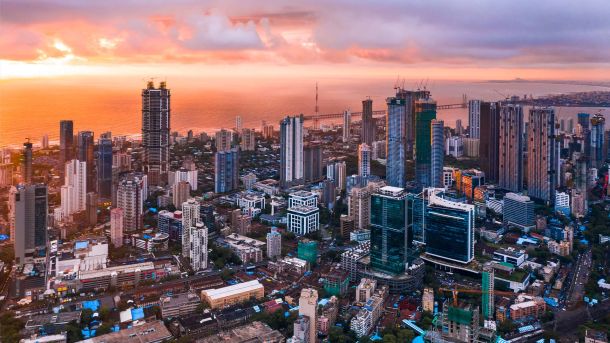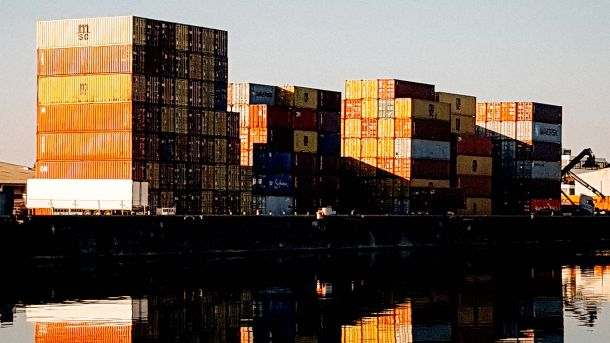International Trade and Trade Balance

International trade measures South Africa’s demand for foreign goods and services against the demand for domestically manufactured products in global markets. The country mainly exports raw materials, such as base metals, gold, precious metals, and minerals, while importing value-added goods like vehicles, chemicals, and machinery.
In December 2024, South Africa achieved a trade balance surplus of R15.46 billion, indicating that exports exceeded imports. However, on an annual basis, both exports and imports declined, with exports contracting by 1.4% and imports dropping by 6.5%. The decrease in imports from November suggests subdued demand after Black Friday purchases, while exports also saw a notable reduction during this period.
Compared to the same months in 2023, the value of exports and imports for November and December 2024 was lower, despite lower interest rates and a similar Rand/Dollar exchange rate. Moving forward, there is hope that the South African economy will build on the confidence gained in 2024, particularly with lower interest rates and a reduction in infrastructure bottlenecks affecting international trade at port and rail facilities.





